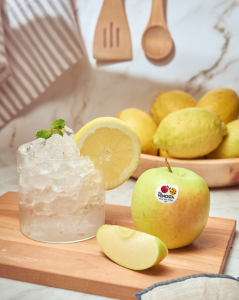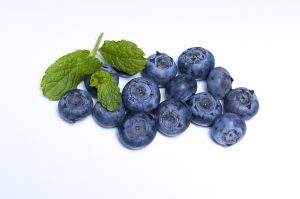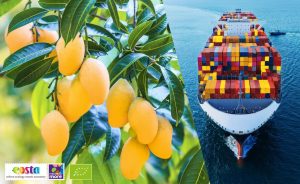The 2025 Chilean kiwi season closed with 146,603 tonnes exported, up 2% from 2024 (143,156 tonnes) and above the forecast of 135,832 tonnes. It was one of the best seasons in the last 35 years, supported by consistent fruit quality and strong performance in key destinations.
“Despite record supply from New Zealand, we achieved 2% growth driven by premium fruit. This proves that global demand continues to rise and that markets respond positively when Chilean kiwifruit delivers consistency and great taste,” said Carlos Cruzat, president of the Chilean Kiwifruit Committee of Fruits from Chile.
Europe leads, Latin America gains ground
Europe remained the top destination, accounting for around 40% of total exports (59,434 tonnes). The Netherlands continued to serve as the main hub with over 20,000 tonnes, followed by the UK (11,000 t), Italy, and Spain, each exceeding 8,000 tonnes.
Latin America consolidated its position as the second-largest market, receiving 44,054 tonnes, led by Brazil (16,000 t) and Mexico (8,000 t). Exports to North America reached nearly 20,000 tonnes, while India recorded a new high of 17,000 tonnes.
Quality: the formula for success
Cruzat attributed the success of the season to the excellent quality and consistency of Chilean kiwifruit.
“Importers and retailers have given us great feedback. The fruit showed better firmness, size, and flavour, offering an outstanding eating experience for consumers,” he said.
He added that larger fruit size, a higher share of Category 1 fruit, and higher Brix levels (sweetness) all contributed to improved process yields and fewer rejections. “Strategic harvesting led to sweeter, more flavourful fruit, which directly impacted consumer satisfaction,” he noted.
RELATED NEWS: Green kiwifruit receives the First EU-approved health claim for fresh fruit
Despite the rise of yellow kiwifruit from competitors, demand for green kiwi remained strong in 2025.
“The market continues to reward quality, and this season’s prices reflected the excellence of Chilean kiwifruit, bringing solid returns for growers and exporters,” Cruzat emphasised.
2026 challenge: orchard management and fruit size
Looking ahead, the 2026 season presents a new challenge — orchard management.
“Flowering levels are up to 40% higher this year. If not managed properly, this could weaken plants and lead to smaller, lower-quality fruit,” warned Cruzat.
He urged producers to focus on early thinning before flowering, stressing that “good fruit doesn’t happen by chance; it’s the result of planning and effort.”
Raising the bar for maturity standards
As part of its long-term quality strategy, the Kiwifruit Committee announced that from 2026 onwards, a gradual increase in maturity standards for harvest will begin. By 2027, all production zones (except certain areas such as Valparaíso) will be required to meet the international standard of 6.0° Brix and 16% dry matter, ensuring consistency and reinforcing Chile’s reputation in global markets.
“This reflects a collective effort by growers and exporters to strengthen competitiveness and enhance the reputation of Chilean kiwifruit worldwide,” Cruzat concluded.






















